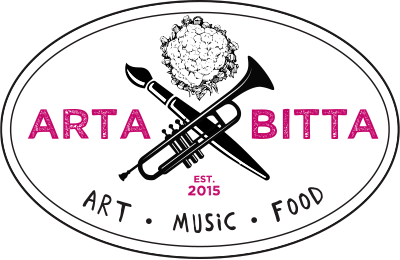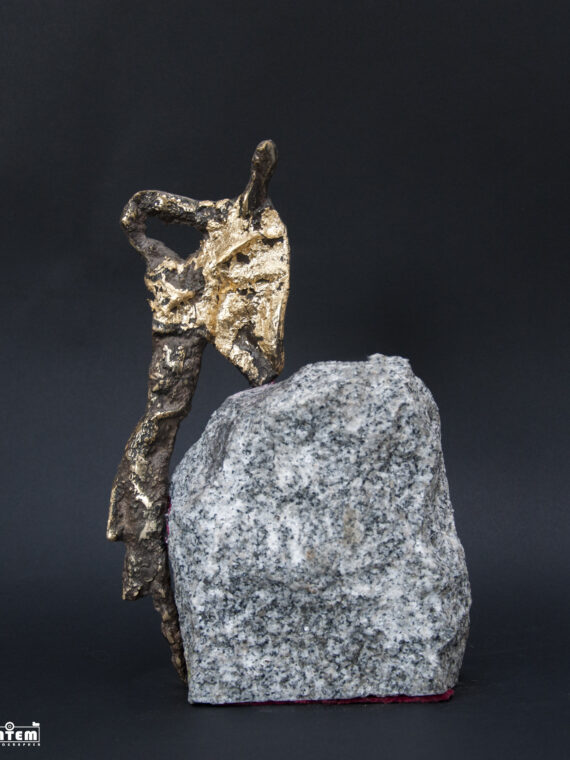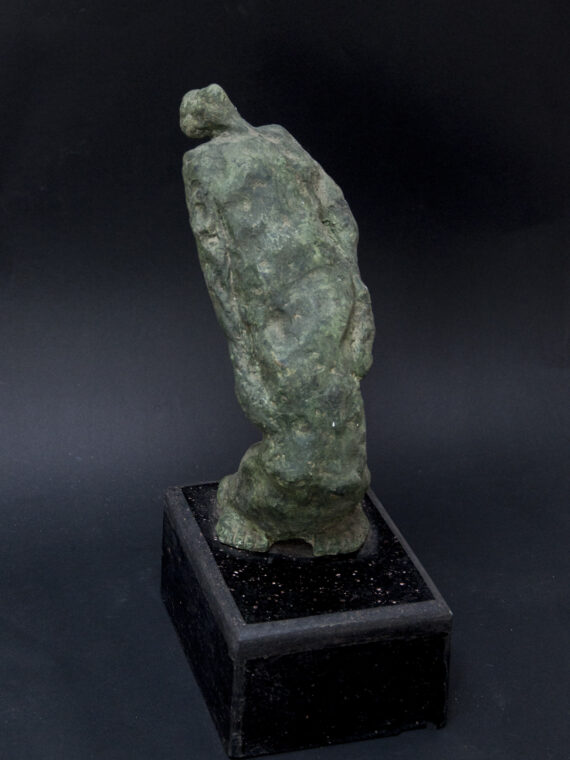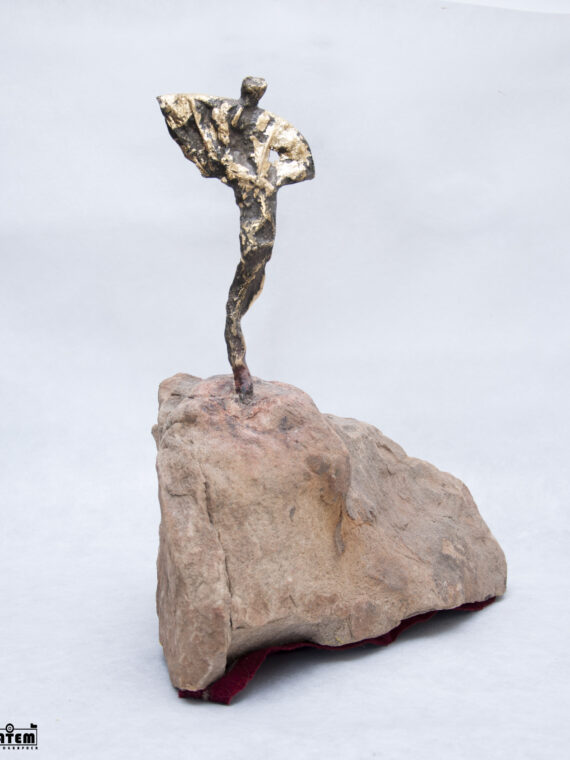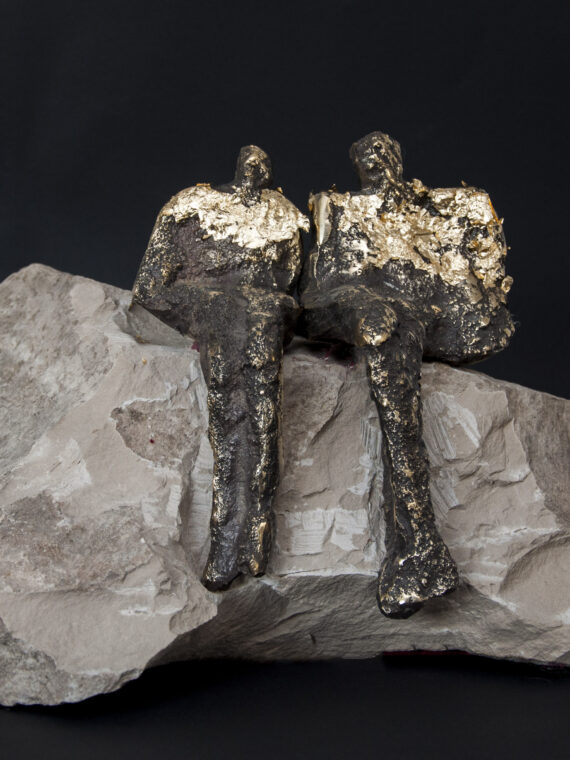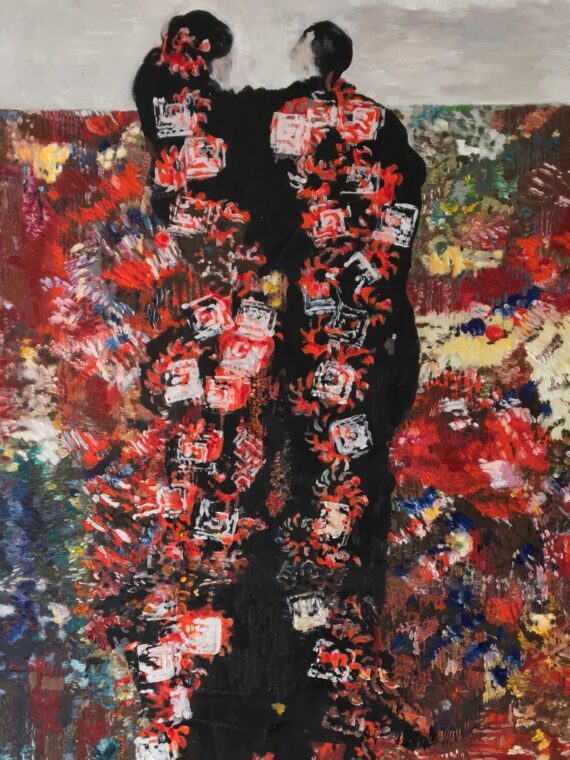Rana Chalabi is an established artist living between Beirut and Cairo. Her art work reflects her varied interests but is dominated by her interest in movement both physical and spiritual. Her background in Islamic art and architecture, in which she holds an M.A. degree, and her work with world famous architect Hassan Fathy can be seen in her watercolors of the old city of Cairo, as well as the architectural landscapes of the oases. Sufism is her abiding love and her dervishes and dancers reflect that passion. The minimalism of Zen and the artistry of Arabic calligraphy have all been subjects of her. Her studios on the Nile and in Beirut contain examples of other broad and varied expressions of her art including portraits, Pharaonic collages and in her latest sculptures. She has had numerous exhibits in Cairo as well as Paris, London, Vienna, Beirut, the Arab-American Museum in the US and Tokyo. Her attitude towards her work is clearly expressed in the following quote:
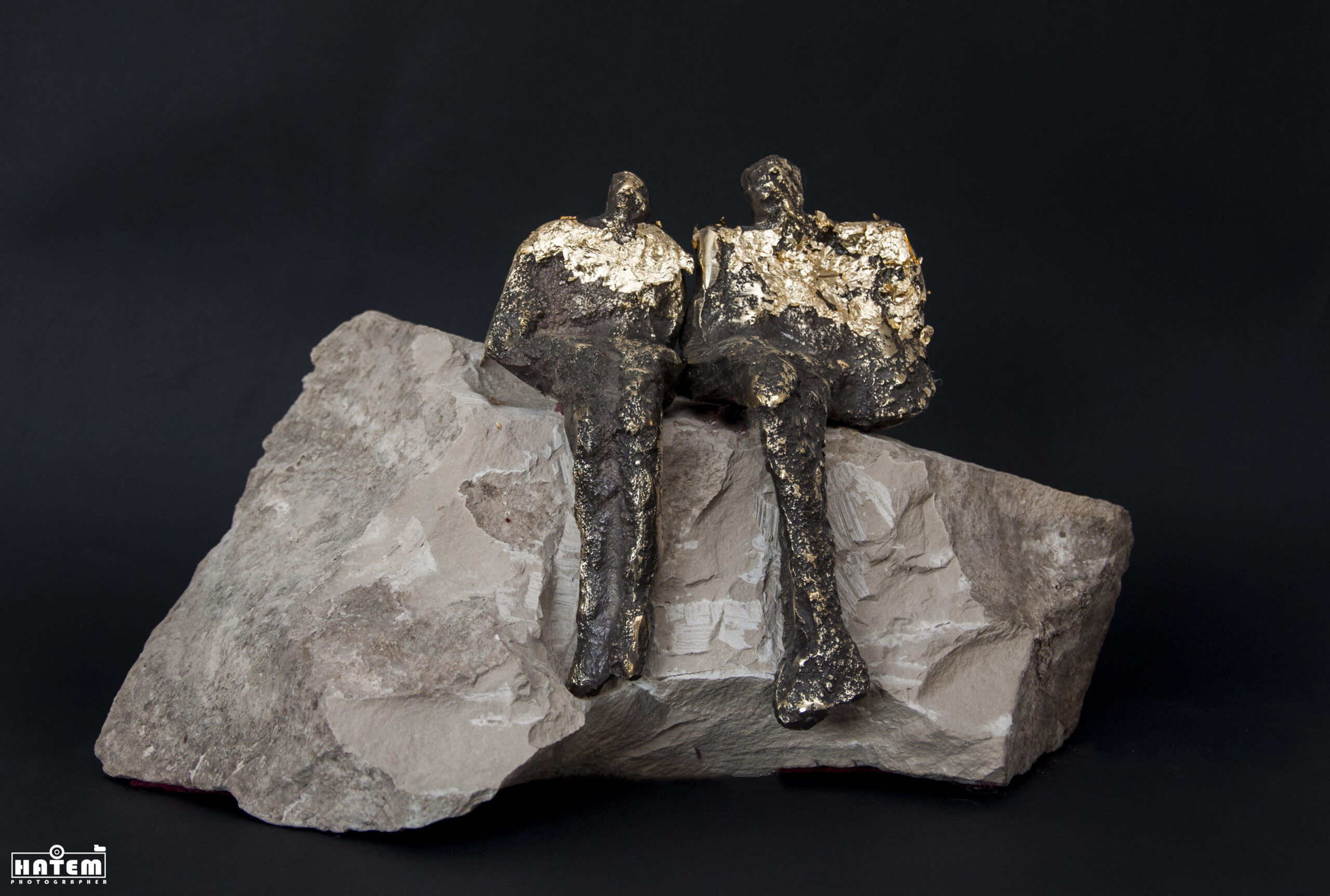
READ MORE...
“…our human need for beauty is not simply a redundant addition to the list of human appetites. It is not something that we could lack and still be fulfilled as people. It is a need arising from our metaphysical condition as free individuals, seeking our place in an objective world. We can wander through this world, alienated, resentful, full of suspicion and distrust. Or we can find our home here, coming to rest in harmony with others and with ourselves. The experience of beauty guides us along this second path: it tells us that we are at home in the world, that the world is already ordered in our perceptions as a place fit for the lives of beings like us.”
Excerpted from Roger Scruton Beauty and Desecration. CITY Journal, Spring 2009
“I can only paint what I see. I leave it to everyone else to interpret what they see on the canvas—as they see fit, so to speak. It’s amazing to me, some of the stuff people come up with. The ‘deep meaning’ behind my ‘intent.’ When I paint, I’m on autopilot, and nothing else exists. I see, hear, think nothing. Once, I nearly burned the cottage down when I let the kettle boil itself to a melted mass. But the amazing moment comes when I step back from the canvas, to discover I’ve put down brushstrokes there. It’s almost as if someone else came in, knocked me out, and did the painting for me while waiting for me to come around.”
Excerpt From
Pagan Spring: A Mystery (A Max Tudor Novel)
Some of her work can be seen on her website: http://ranachalabiart.com
Exhibit Theme – The Lapis
The lapis, or stone, in most religious traditions represents the idea of a transcendent totality which coincides with what analytical psychology calls the higher Self. In alchemy the lapis consists of body, soul, and spirit. Human beings exist only in relation to that transcendence and the figures in, or on the stones are an attempt to show how we try, as human beings, to relate to that transcendence.
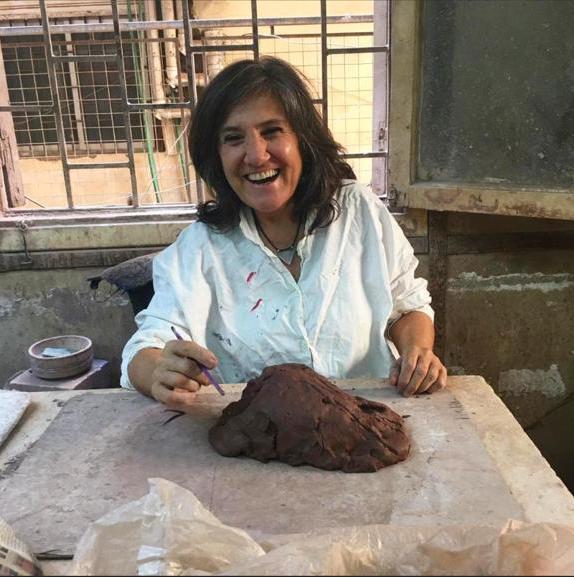
“The experience of beauty guides us along this second path: it tells us that we are at home in the world, that the world is already ordered in our perceptions as a place fit for the lives of beings like us.”
Roger Scruton

